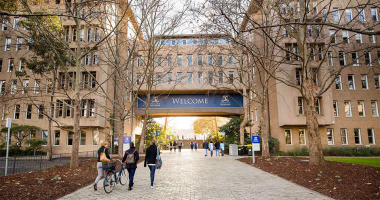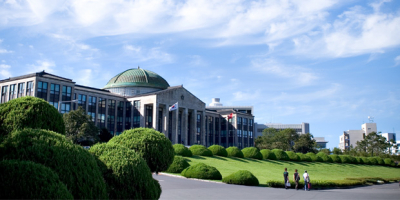Top 10 Best Global Universities in China
If you are interested in China education or their international program, let's have a look at the top best global universities in China in this article. These ... read more...Chinese universities have been ranked numerically based on their positions in the overall Best Global Universities rankings. Schools were assessed based on their research performance and ratings from members of the academic community from all over the world and Asia. And here are China's top best global universities.
-
Tsinghua University, located in northwest Beijing, China, is a public institution founded in 1911. The primary language of instruction is Chinese, though some graduate degree programs are available in English. For example, the university offers English-taught master's degrees in Chinese politics, foreign policy, and international relations, mechanical engineering, and global business journalism. Tuition costs vary depending on the degree program and language of instruction. International students at the university come from more than 100 countries, with the majority coming from Asia. In a recent year, 41 percent of non-Chinese students at the university were undergraduates, 29 percent were pursuing master's degrees, 9 percent were doctoral students, and the rest were enrolled in shorter-term programs.
Tsinghua University has been active in promoting the internationalization of its Graduate education. Every year, over 2,000 international students from all over the world are pursuing master's or doctoral degrees at Tsinghua. Tsinghua University admits international students based on evaluation of their application documents together with a comprehensive assessment. The application period for international graduate programs is generally from mid-October to early March of the following year.
Website: http://www.tsinghua.edu.cn/
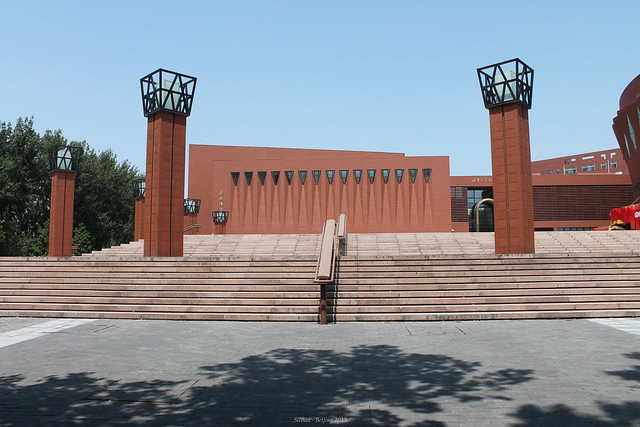
Tsinghua University 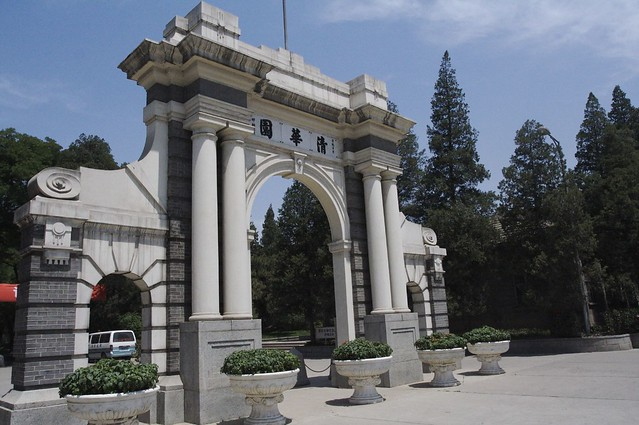
Tsinghua University -
Peking University is a public university that was founded in 1898 but did not receive its current name until 1912. The main campus of the university, known as Yan Yuan, is located in the Haidian District of Beijing, China's capital city. Both undergraduate and graduate students have access to university housing. Tuition costs more for non-Chinese nationals and varies by subject, with science subjects being the most expensive. The academic calendar at the university is semester-based, and students usually study for four years for undergraduate degree programs, two to three years for master's degree programs, and four years for doctoral degree programs.
Peking University in Beijing is China's oldest national university, with over 2,000 international students. Peking University has collaborations with Cornell University, Stanford University, and Yale University, with Yale faculty teaching classes in Beijing. Peking University fosters some of the most progressive thought in academic China, giving sociology and government students a unique opportunity to peer inside the mind of modern Beijing from a more open-minded perspective.
Peking University is a prominent bastion in the course of China's modernization, with the university's traditional emphasis on patriotism, progress and science, together with its educational standards of diligence, precision, factionalism, and innovation, have been passed down from generation to generation.
Website: https://english.pku.edu.cn/about.html
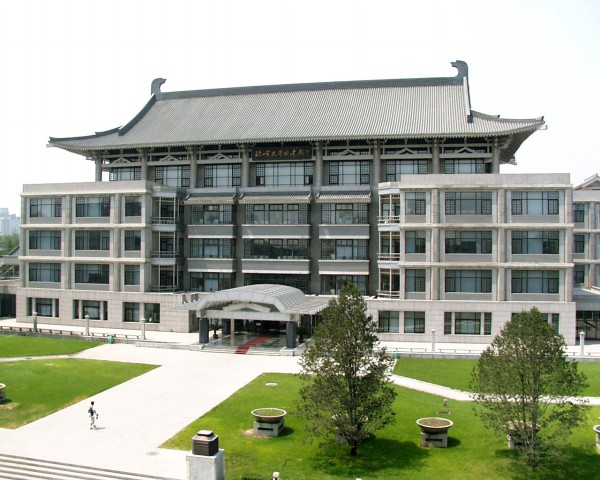
Peking University 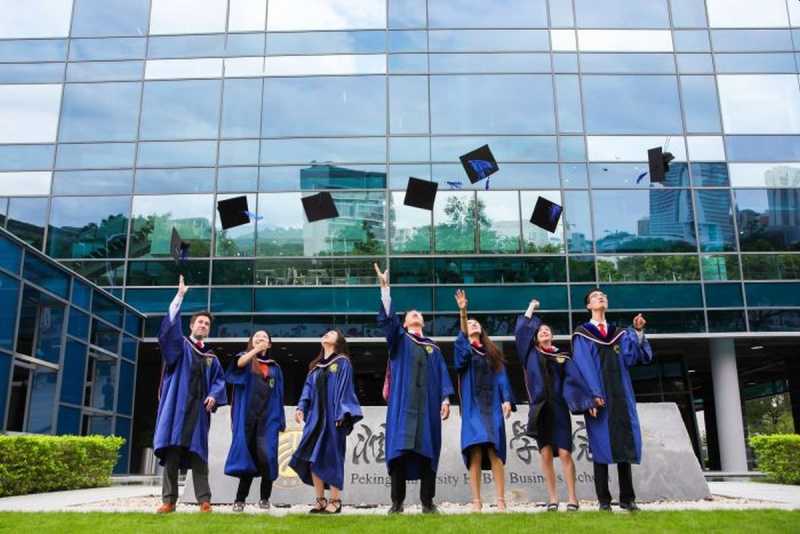
Peking University -
Shanghai Jiao Tong University is a large public research university located in Shanghai, China. It is one of China's oldest universities, founded on April 8, 1896, as Nanyang Public School by an imperial edict issued by the Guangxu Emperor. SJTU is a member of the C9 League and Class A Double First-Class Universities, which represent China's top national universities. It is directly governed by the Ministry of Education of China.
For more than 120 years, the university has educated both Chinese and international students. Shanghai Jiao Tong University is particularly recommended for science students because SJTU publishes an annual ranking of World Universities based on empirical research faculties and abilities. SJTU has been the standard-bearer of higher education in Shanghai for over a century, so Chinese history and Mandarin are also very strong.
Website: https://en.sjtu.edu.cnb
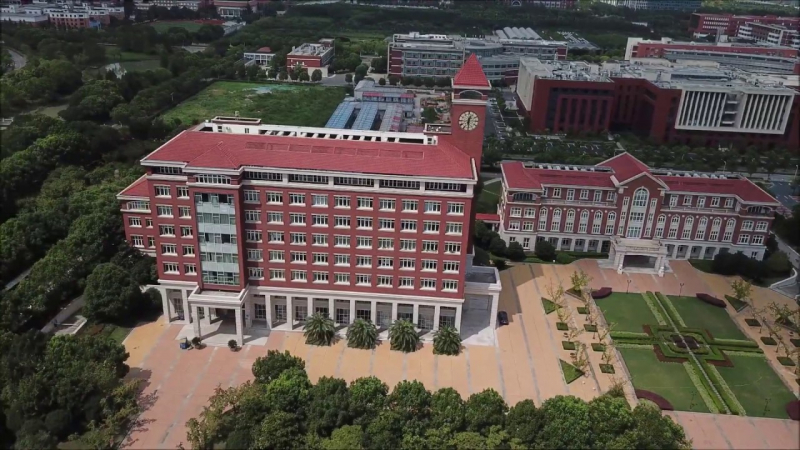
Shanghai Jiao Tong University 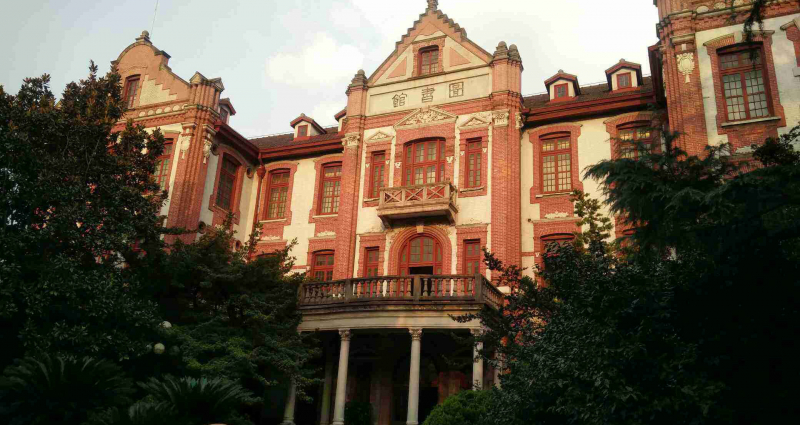
Shanghai Jiao Tong University -
The Chinese Academy of Sciences established the University of Science and Technology of China in 1958. USTC, as the university is sometimes known, is located in Hefei, China's Anhui province's capital, and has five campuses within the city that are relatively close to each other. Around 1.5 percent of the student body is international. Many of the university's international students are supported financially by one of three sources: the USTC Scholarship, the Chinese Government Scholarship, or a fellowship offered by the Chinese Academy of Sciences and the World Academy of Sciences. Tuition and a stipend for other education-related costs are covered by all three types of aid. Both undergraduate and graduate students have access to university housing.
In recent years, the University of Science and Technology of China has been ranked among the top 100 universities in the world by the most widely read university rankings, including the Academic Ranking of World Universities (ARWU), the Times Higher Education World University Rankings (THE), and the QS World University Rankings (QS). In terms of research output, the Nature Index 2020 ranks the university first in China, Asia, and Oceania, and fourth in the world among global universities (after Harvard, Stanford, and MIT). USTC is often referred to as "the Caltech of China" due to its dominant leadership position and reputation in Science and Engineering research.
Website: https://isa.ustc.edu.cn/xs/main.asp
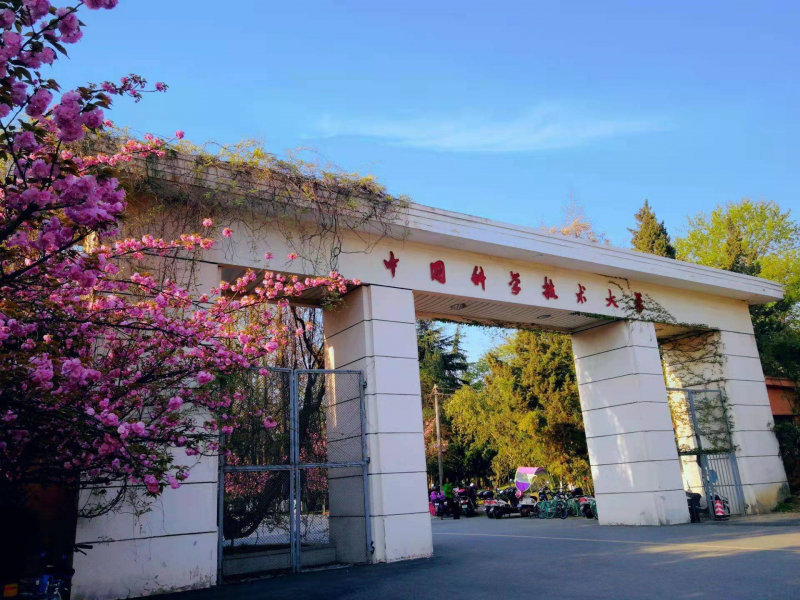
University of Science & Technology of China, CAS 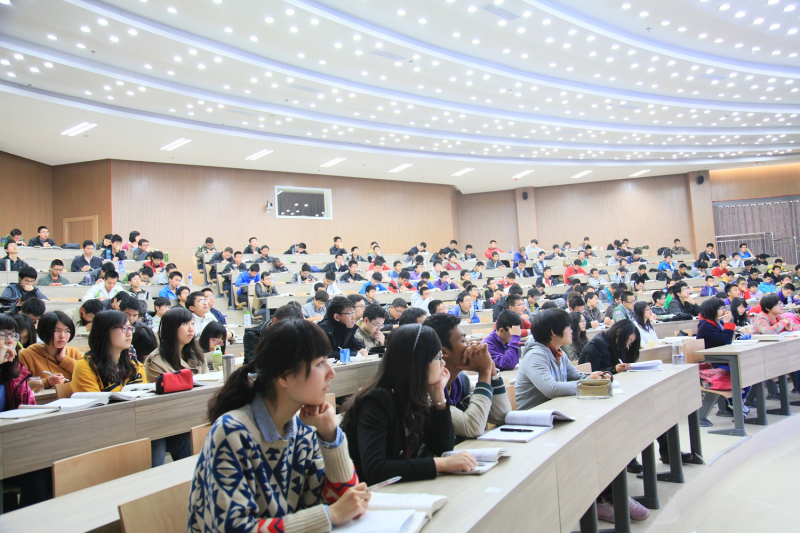
University of Science & Technology of China, CAS -
Zhejiang University is a public university that was founded in 1897. The university is located in Hangzhou, China's Zhejiang province's capital, about 110 miles southwest of Shanghai. The university has over 47,000 students, with roughly half of them studying at the undergraduate level. Zhejiang University has seven campuses: the main campus, Zijingang, and the campuses of Yuquan, Xixi, Huajiachi, Zhejiang, Zhoushan, and Haining. International students pay higher tuition, which varies by subject and degree level. Both undergraduate and graduate students have access to university housing.
UAD completed Zhejiang University's expansive International Campus in Haining, China, with classic brick buildings and cutting-edge facilities. Zhejiang University has proposed a strategic concept for the construction of an international campus in an era when the cross-border flow of educational resources has become the norm.
As of 2021, ZJU is ranked 5th in Asia by the QS Asian University Rankings. In recent years, it is ranked in the world's top 100 universities according to some of the most widely cited university rankings in the world such as the Times Higher Education World University Rankings (THE) and the QS World University Rankings (QS). Regarding research output, the Nature Index 2020 ranks the university 6th in China, 7th in the Asia-Pacific, and 18th in the world among the global academic universities.
Website: https://www.zju.edu.cn/english
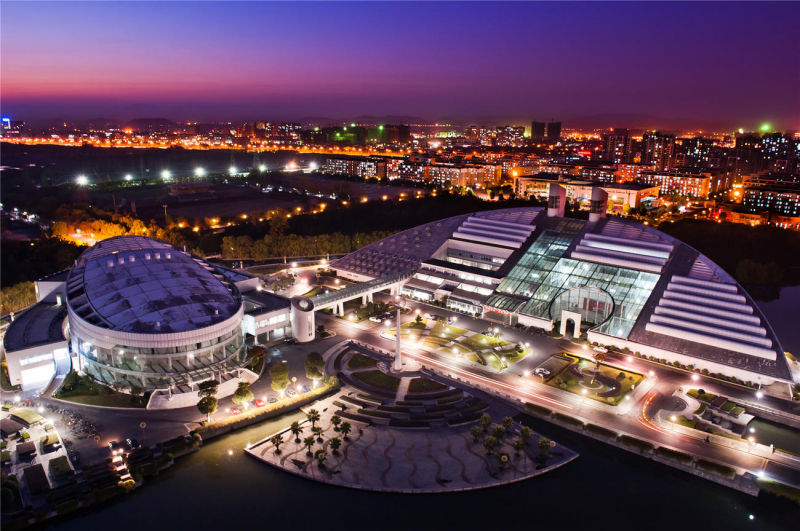
Zhejiang University 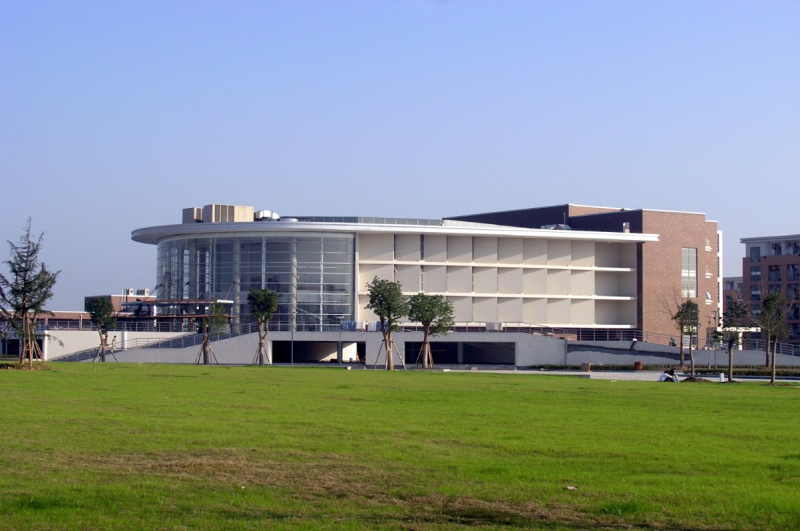
Zhejiang University -
Fudan University is a public university that was established in 1905. The university is located in Shanghai, China, and is divided into four campuses: Handan, Jiangwan, Fenglin, and Zhangjiang. Fudan University has over 30,000 students enrolled. Undergraduate students spend all four years of their studies on campus in one of five residential colleges: Zhide, Tengfei, Keqing, Renzhong, or Xide. Each college is named after a former university leader and has its own dean and student government.
Fudan University, another of China's most prestigious traditional universities, has been accepting international students since the 1950s, making it one of the country's first. Fudan University now has the second-highest number of international students in the country and it has one of the best intensive Mandarin programs in the city. Fudan was recently named one of the top 100 universities in the world and one of the top five in China, so if you want to hone your Mandarin at a world-class university, Fudan could be the place for you.
Fudan is renowned for its rigorous academics. It is an important academic center for Chinese humanities, natural sciences, and medical studies. Fudan enjoys the reputation of The No.1 Academy of Jiangnan. For the past hundred years, Fudan has made significant contributions to the development of the country, the rejuvenation of the nation, the well-being of the society, and the advance of national education, science, medicine, and technology.
Website: www.fudan.edu.cn/en

Fudan University 
Fudan University -
The University of Hong Kong (HKU) is a public research university in Hong Kong. Founded in 1911, its origins trace back to the Hong Kong College of Medicine for Chinese, which was founded in 1887. As of October 2021, HKU ranks 22nd internationally and third in Asia by QS, and 30th internationally and fourth in Asia by Times Higher Education. It has been ranked as the most international university in the world as well as one of the most prestigious universities in Asia. Today, HKU has ten academic faculties with English as the main language of instruction.
The University of Hong Kong is the city's oldest university, with nearly one-quarter of its student body made up of international students. If you want the life-affirming rush of living in South Asia's most exciting city, the University of Hong Kong is a western-oriented and well-respected option. Founded during the British occupation of Hong Kong, the university combines British academic sensibilities with a modern Hong Kong setting.
Most undergraduate courses are 4-year degrees while the medical and nursing programmes require two and one more year(s) of studies respectively. English is the main medium of instruction, and the University's Senate has endorsed English as the campus lingua franca. Starting from 2012, local students are required to take Academic English courses and Chinese language enhancement courses; however, students who are native speakers of languages other than Chinese, and students who have not studied the Chinese language in their secondary curriculum can be exempted from the Chinese course requirement.
Website: https://www.hku.hk
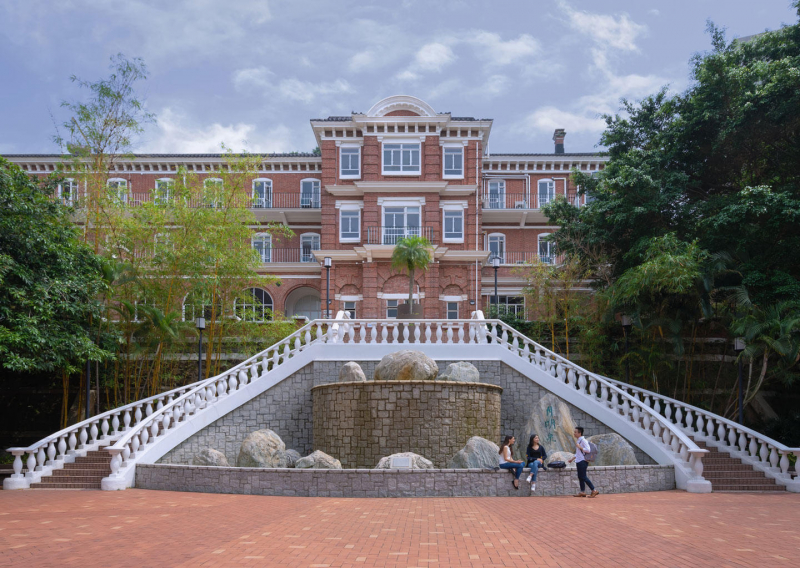
University of Hong Kong 
University of Hong Kong -
Established in 1896, this university is located in Sichuan Province's well-known cultural city. It has three campuses spread across 470 hectares of land. The campus setting facilitates and encourages learning while also encouraging sports activities. Engineering, humanities, science, economy, and law are just a few of the disciplines available in Sichuan. It also has 34 colleges, a postgraduate college, and an international educational college. Sichuan has a rich cultural heritage that has been built on a solid foundation throughout its educational history.
They have a new management mechanism that allows teachers to conduct educational activities while students serve as the center of education. Sichuan University has remained committed to providing quality education through an integrated multidisciplinary approach to this day. This institution's student body has over 3,400 students, demonstrating an accommodating and inclusive culture. Sichuan has shown great courage in research, which has resulted in an increase in the number of laboratories and engineering centers. Sichuan University currently accepts 25% of international students, and this figure is expected to fall.
Website: en.scu.edu.cn
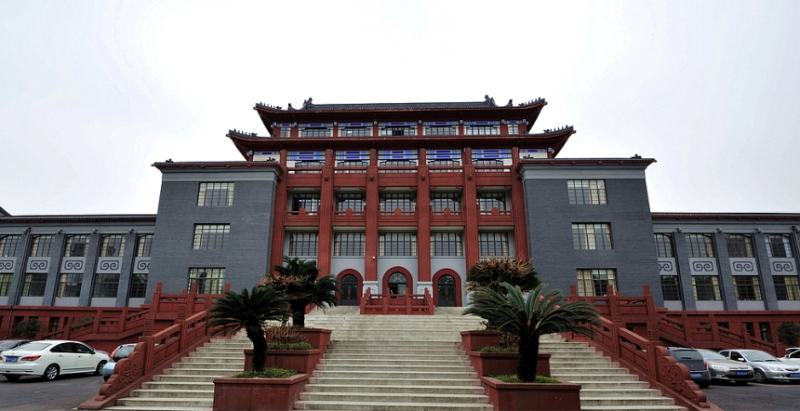
Sichuan University 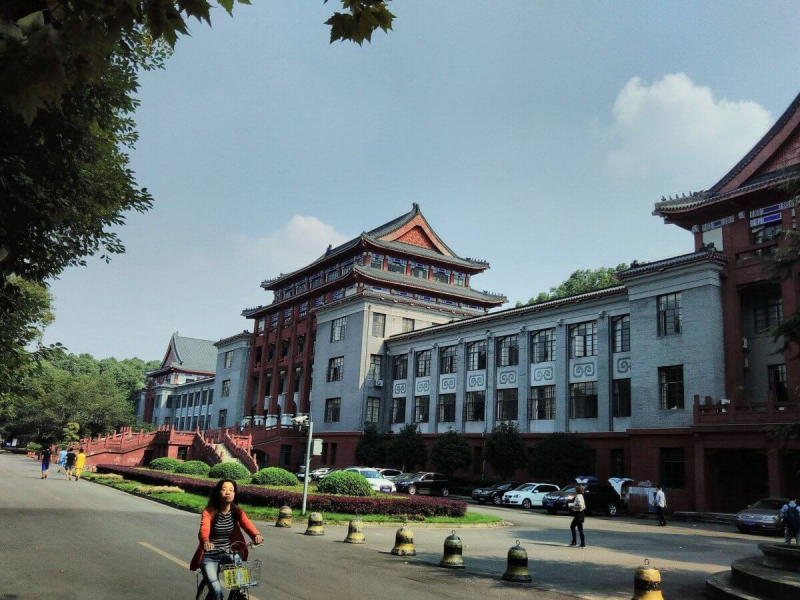
Sichuan University -
Guangxi Normal University is a provincial research university in Guilin, Guangxi, China, with a long history of excellence in teacher education, basic arts and sciences, and international exchange programs. GNU, founded in 1932 as one of China's first normal schools (teacher training institutions), has grown into a comprehensive university that offers undergraduate, graduate, and doctoral degrees across 21 colleges and departments and 75 undergraduate majors.
Guangxi Normal University is well-known for its extensive international collaboration, as evidenced by exchange programs and research collaboration agreements. As the only university in Guangxi province designated by the Chinese Ministry of Education as an official "demonstration base" for experimental international student programs, educating international students is an important part of the GNU mission. On the GNU campus, over 1,600 international students are enrolled in undergraduate, graduate, doctoral, and Chinese language programs.
GNU is one of a number of Chinese universities that accept international students who have been awarded a Chinese Government Scholarship by the Chinese Ministry of Education or a Confucius Institute Scholarship by the Hanban government agency. It also accepts students who have been awarded an ASEAN Scholarship by the Guangxi provincial government. The university has collaborated with over 200 universities in 40 countries, including Malaysia's Universiti Tunku Abdul Rahman.
Website: https://english.gxnu.edu.cn

Guangxi Normal University 
Guangxi Normal University -
Nanjing University, also known as Nanda, is a prestigious public research university located in Nanjing, Jiangsu. Nanjing University was founded in 1902 as Sanjiang Normal School and went through several name changes, including Nanjing Higher Normal School, National Southeastern University, and National Central University, before being renamed Nanjing University in 1950. NJU is consistently ranked as one of the best research universities in China, as well as one of the most selective universities in the country.
NJU has witnessed and shared both adversity and triumph. As a result, they are working hard to make significant contributions to national revitalization and scientific progress. In response to the new and historical opportunities presented by the Reform and Opening-up, NJU has established a key comprehensive university under the direct supervision of the Ministry of Education. This school has advanced with a strong development momentum in teaching, research, and social service, ranking among China's top universities in terms of teaching indexes and overall strength.
NJU currently has three campuses: Xianlin Campus, Gulou Campus, and Pukou Campus. Furthermore, the university has 28 schools that are directly supervised by the university. In 2016, the total number of students is 32,999. 13,583 undergraduates, 10,865 master's students, 5,335 doctoral students, and 3,216 full-time international students are among them. NJU adheres to the principle of strengthening applied subjects, focusing on foundation subjects, developing frontier subjects, and improving interdisciplinary cooperation. Furthermore, NJU is one of the most active universities in terms of international communication and cooperation, having developed close relationships with many world-class universities and research institutes.
Website: https://www.nju.edu.cn/en/main.psp
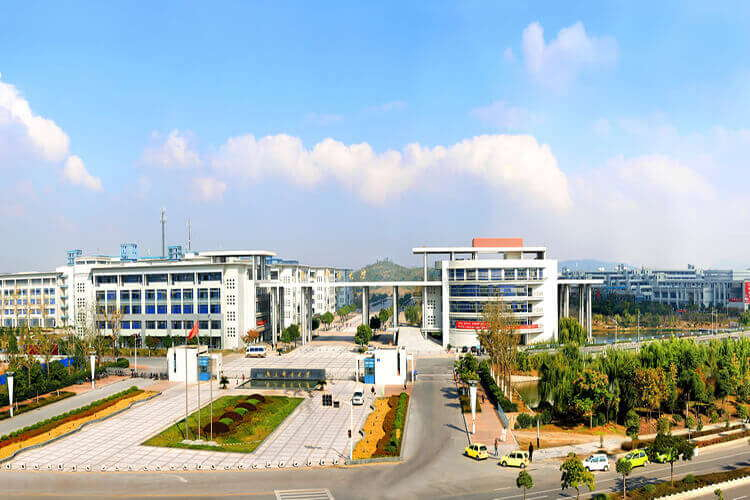
Nanjing University 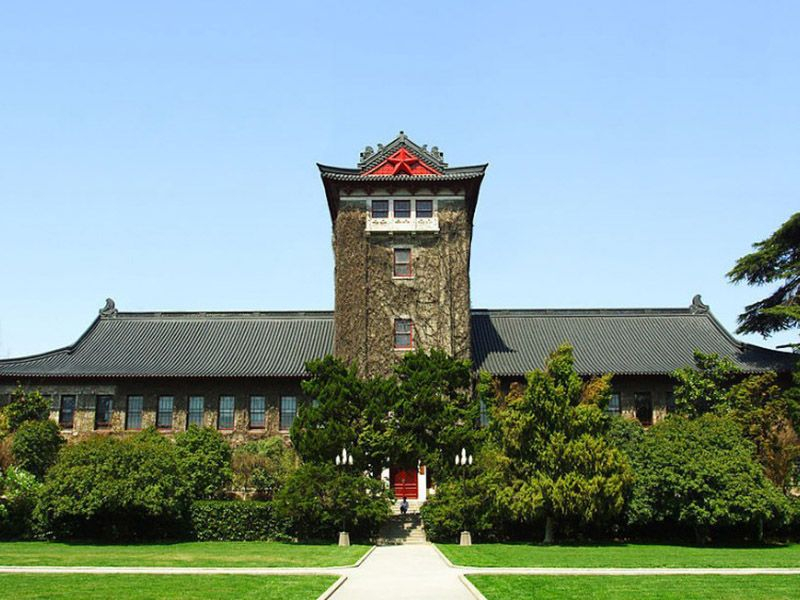
Nanjing University

















